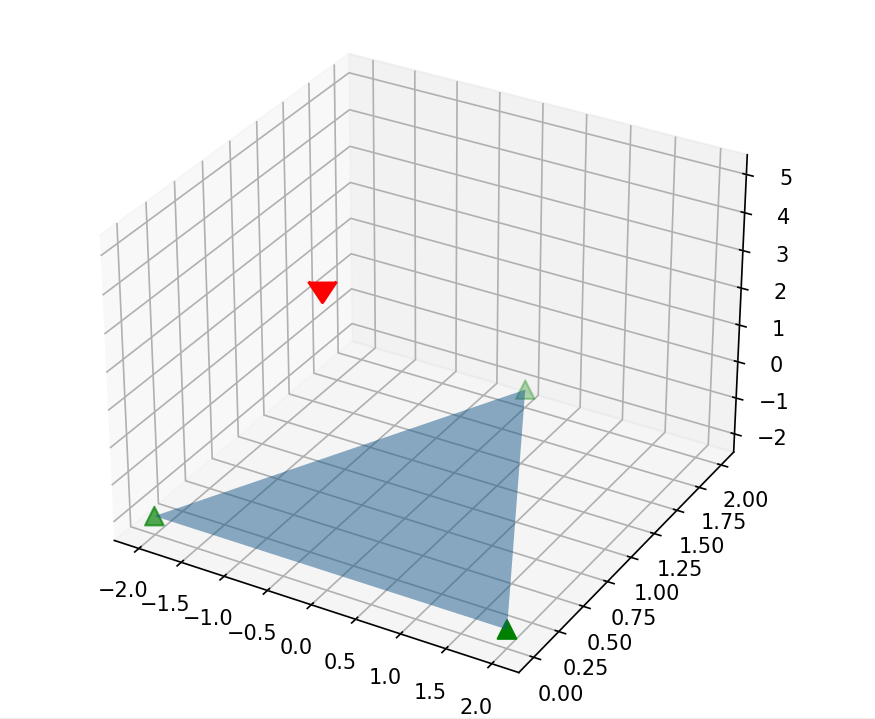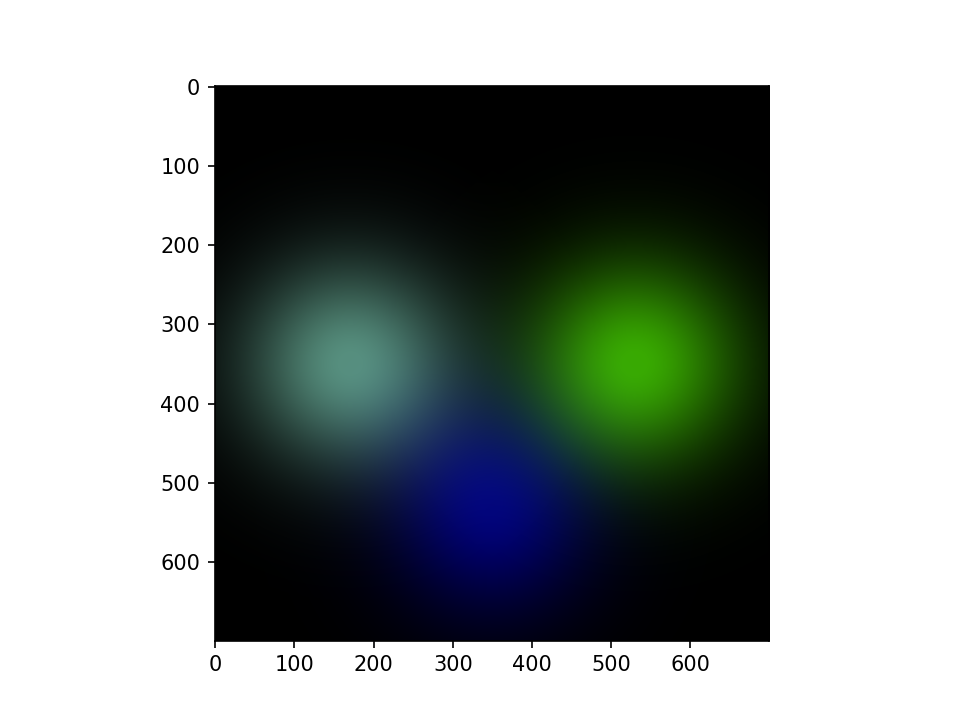English | 中文
3dgs_render_python is a project aimed at reimplementing the CUDA code part of 3DGS using Python. As a result, we have not only preserved the core functionality of the algorithm but also greatly enhanced the readability and maintainability of the code.
- Transparency: Rewriting CUDA code in Python makes the internal logic of the algorithm clearer, facilitating understanding and learning.
- Readability: For beginners and researchers, this is an excellent opportunity to delve into parallel computing and 3DGS algorithms.
- Performance: Since the project uses the CPU to simulate tasks originally handled by the GPU, the execution speed is slower than the native CUDA implementation.
- Resource Consumption: Simulating GPU operations with the CPU may lead to high CPU usage and memory consumption.
The goal of this project is to provide an implementation of the 3DGS rendering part algorithm that is easier to understand and to offer a platform for users who wish to learn and experiment with 3D graphics algorithms without GPU hardware support.
- Education and Research: Providing the academic community with the opportunity to delve into the study of 3DGS algorithms.
- Personal Learning: Helping individual learners understand the complexities of parallel computing and 3DGS.
Through 3dgs_render_python, we hope to stimulate the community's interest in 3D graphics algorithms and promote broader learning and innovation.
# Clone the project using Git
git clone https://github.com/SY-007-Research/3dgs_render_python.git
# Enter the project directory
cd 3dgs_render_python
# install requirements
pip install -r requirements.txt# Transformation demo
python transformation.py| transformation 3d | transformation 2d |
|---|---|
 |
 |
# 3DGS demo
python 3dgs.pyIf you like this project, you can support us in the following ways:
